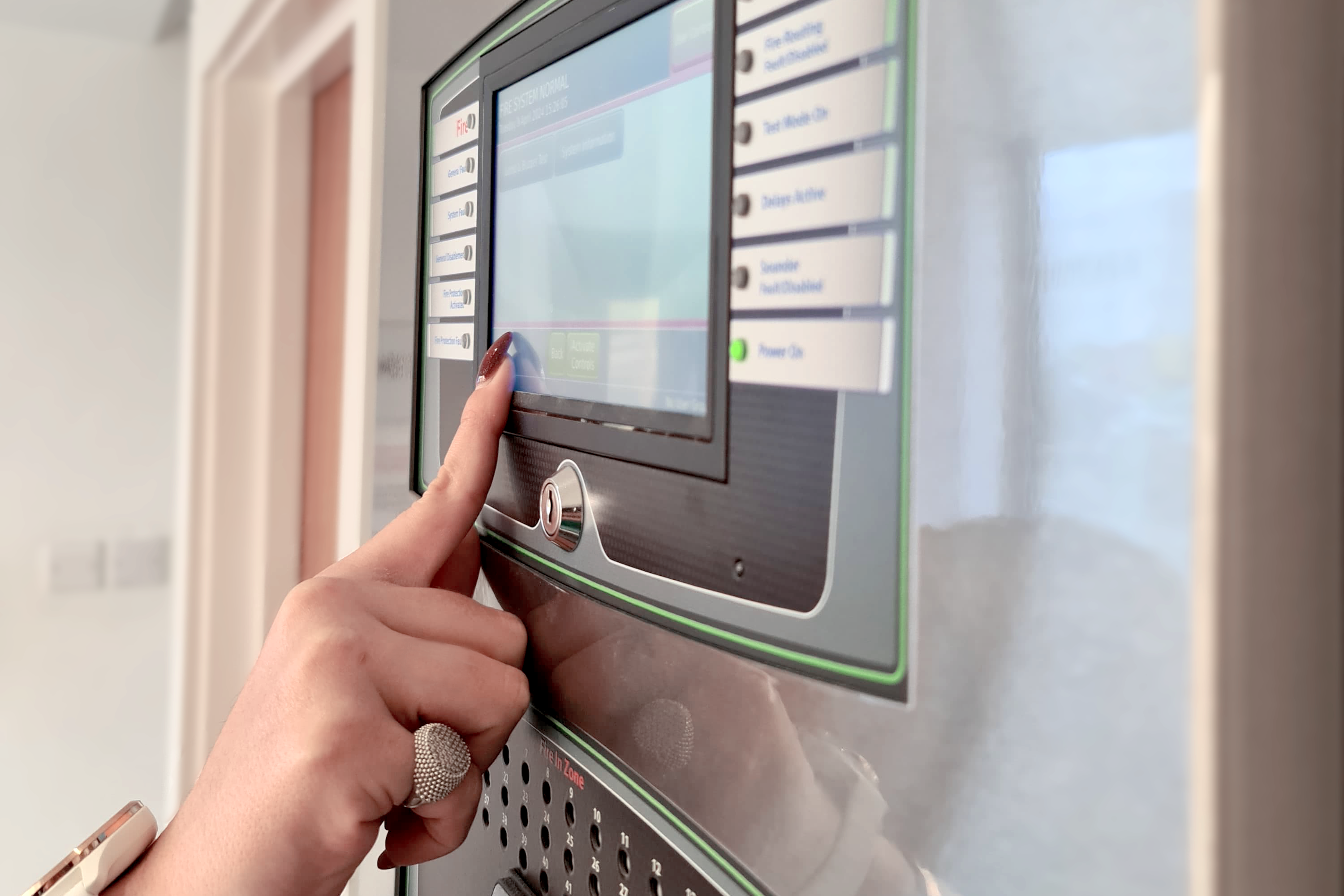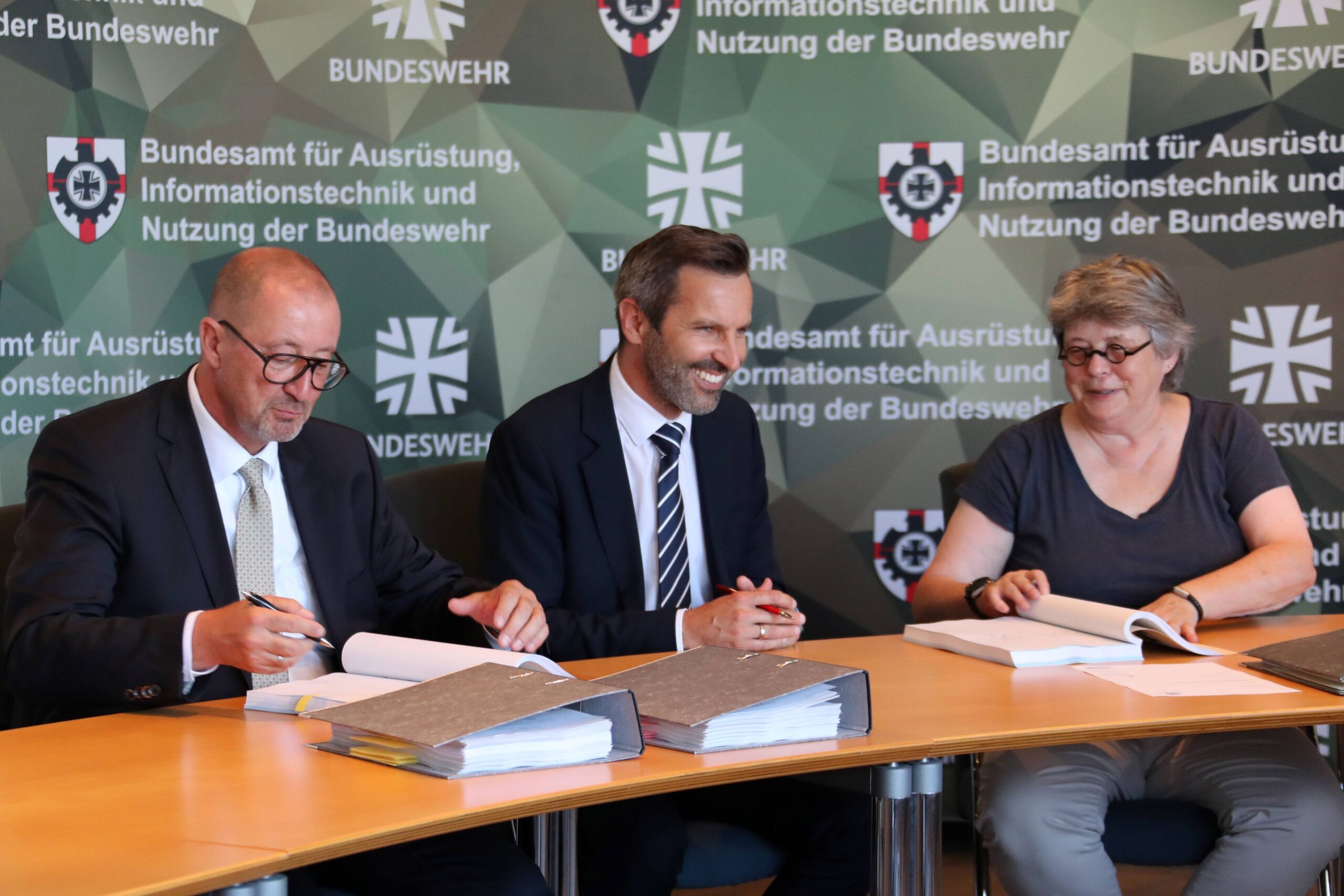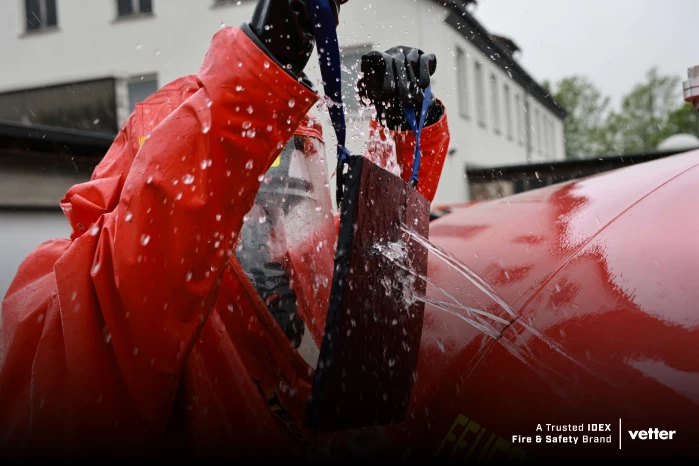 The responsibility to conduct successful acquired live burns that are NFPA 1403 compliant is enormous and one that many instructors are uncomfortable with. Many in the fire service frown on using acquired structures as burn buildings.
The responsibility to conduct successful acquired live burns that are NFPA 1403 compliant is enormous and one that many instructors are uncomfortable with. Many in the fire service frown on using acquired structures as burn buildings.
Of course there are inherent difficulties when using an acquired residence. They must be thoroughly checked out for hazards seen and unseen and remodeled if necessary for safety. Using a fixed burn building as opposed to an acquired structure is a trade off on ease of use, reliability and repetition, versus tremendous site preparation along with comparatively reduced predictability and repetition.
NFPA 1403 was brought about to standardise live fire training and to increase the safety of its participants. Several safety breaches led to the creation and revision of this standard. The fire service needs NFPA 1403 to be understood and utilised by those wishing to do a live burn. The blueprint it provides assists instructors on how to proceed and is the baseline for firefighter safety. There is debate as to the need to use an acquired house to conduct fire training as opposed to using fixed fire resistant buildings. Fixed buildings are found at fire academies and are built devoid of additional fire loading. Burn buildings have a longer life span and should offer up few if any surprises when burns are conducted inside them.
Using an acquired structure usually allows for a limited use cycle. This is due to the fact that the training staff and all the equipment must be brought on scene away from the academy along with additional burdens. Remember we are now conducting fire training within the community. All of our usual conveniences are no longer available or have been modified to conduct the training. Once we run out of suitable rooms to burn in, the training life of the building is typically over.
Burn buildings require virtually no prep work as compared to an acquired building; however they just do not replicate fires the same way. Maybe it’s due to their construction and the familiarity of evolutions instructors have done within them. There is a certain richness and reality to a burning house. If you have never been part of a live burn training session, they proceed with assembled fire crews that rotate their extinguishments of individual fires and any associated extension. The main point of a live fire training event should always be safe fire extinguishment, under strict, experienced and knowledgeable instructors. There are many skill sets that can also be incorporated into the training; however the most important should be the refining of hoseline operations. Firefighting in an acquired is often used as the final phase of training for recruits who have trained in burn buildings prior.
‘
The only variation between “real” world fires and live burn training is that many additional safeguards are already in place prior to entry unlike a real fire.’
This aids the firefighter in putting it all together. They will see exactly what they will be dealing with and have an opportunity to see what it is really like. To stretch hose, pull ceilings and walls, and discover the bones of a home. This is the real thing. I was once asked where you, as the instructor, stay when assigned to the attack hoseline. As the instructor/officer you must stay with the firefighter who has the nozzle. If you loose track of that firefighter everything is in jeopardy. If the nozzle team doesn’t make it to the fire room the safety line will have no choice but to extinguish the lost crew’s fire.
The only variation between “real” world fires and live burn training is that many additional safeguards are already in place prior to entry, unlike a real fire. We know the fires location and also that it is the only fire within the home and that the home is structurally sound. We always place a charged safety line inside the home staffed with instructors near the fire room. This hoseline can be used to knock back an expanding fire or extinguish it completely if there is a problem with the attack crew.
From the IC (Incident Commander) Safety Officers, sector commands (ex. rehab), company officers and firefighters, live fire training is a hands on skills based training event benefiting all ranks.
Which is better a fixed burn fire or a house burn? There have been training accidents at both types of facilities. The standard when followed allows us to provide this training as safely as possible. Using an acquired house allows firefighters to have the most realistic training in their core mission.
Second Generation
I believe there needs to be a second generation of live fire training. This second generation will build upon the current standard. Although extinguishment skills will remain at the forefront, this next generation of live fire training is designed specifically to assist students in how to safely extinguish a range of fire conditions.
Liveburntraining.com and FIRE LLC are currently designing such a program. The idea behind this project is to develop and train groups of regional instructors who will then present this new type of standardised live burn to students from their respective areas.
The program will demonstrate various fire conditions that have not been previously explored within traditional training modules. Some fires have already been scientifically studied and the data obtained will be turned into training fires for students to observe and experience first hand. This article is not intended to act as a blueprint on how to conduct live fire training. Please consult your local jurisdiction and fully incorporate NFPA guide 1403.




 The responsibility to conduct successful acquired live burns that are NFPA 1403 compliant is enormous and one that many instructors are uncomfortable with. Many in the fire service frown on using acquired structures as burn buildings.
The responsibility to conduct successful acquired live burns that are NFPA 1403 compliant is enormous and one that many instructors are uncomfortable with. Many in the fire service frown on using acquired structures as burn buildings.




